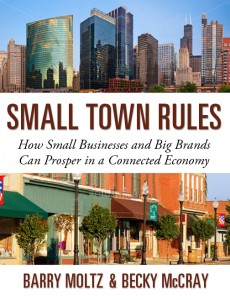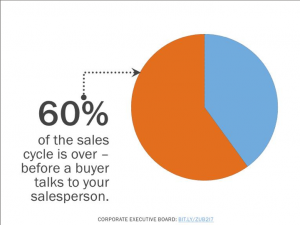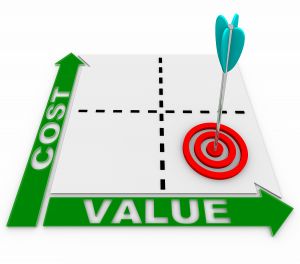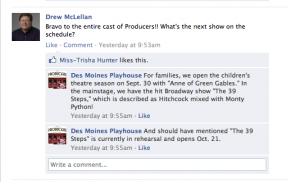What can you learn from a small town?
April 30, 2012
 Turns out, quite a bit.
Turns out, quite a bit.
The whole concept of having a marketplace is blurry today. It used to be — you sold stuff to your neighbors because they were the only ones close enough to buy from you.
But today the world is one “global small town” where all your customers can talk directly to each other and every one of them can buy from you or from the guy on the other side of the planet.
In their book Small Town Rules (click to buy it on Amazon*) authors Becky McCray and Barry Moltz take a look at what works in a small town and help us understand how those same rules apply to us, whether we are a big fish in a little pond or a tiny fish in a huge pond.
The truth is — size, scale, and resources are no guarantee of success anymore. Who would have thought Tom’s could have created enough buzz and passion that they become the worldwide sensation that they are today?
Today more than ever before it’s about how you build relationships, trust and compelling word of mouth. And no one knows how to do that better than a local shopkeep.
Barry and Becky tell great stories, offer up plenty of examples but best of all — give us seven rules to learn and follow, no matter how big or how local your business is.
1. Plan for zero. Planning for zero income requires building new sources of revenue and all kinds of different equity.
2. Spend creative brainpower before spending dollars. This protects you from doing something just because everyone else is… and let’s you introduce your customers to the real you.
3. Multiply lines of income to diversify your risk. That way if one stream runs dry, the others keep things flowing.
4. Work anywhere, anywhen through technology. We have new expectations and tolerance for how and when we get responses from companies.
5. Treat customers like community. Make them feel valued, special and like an insider.
6. Be proud of being small. Small and nimble is the new big.
7. Build your local connections. Making connections that count help you accomplish the first 6 rules because you quickly learn that you can’t do it alone.
This book is a great read for anyone who is running a business — anywhere. Turns out we all have a lot we can learn from those small towns.
More




















